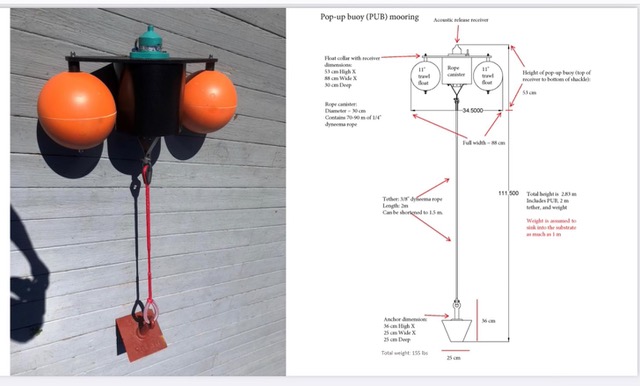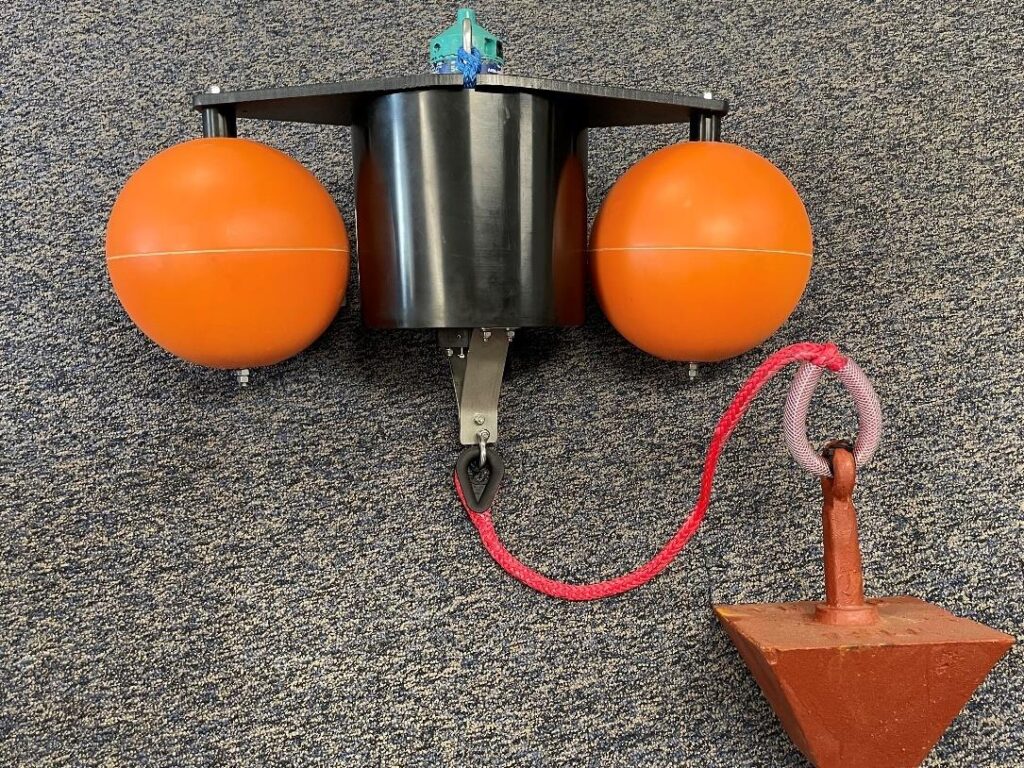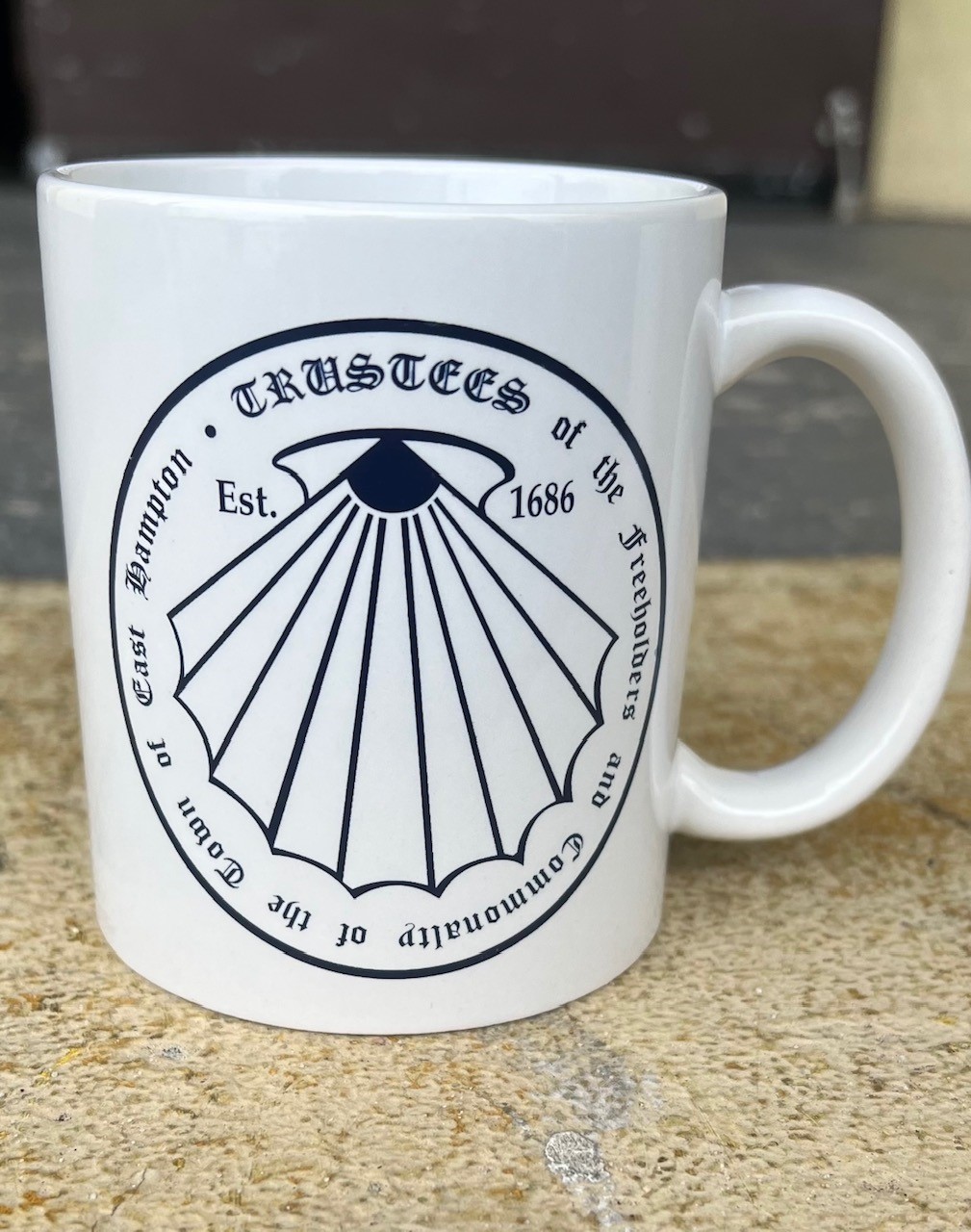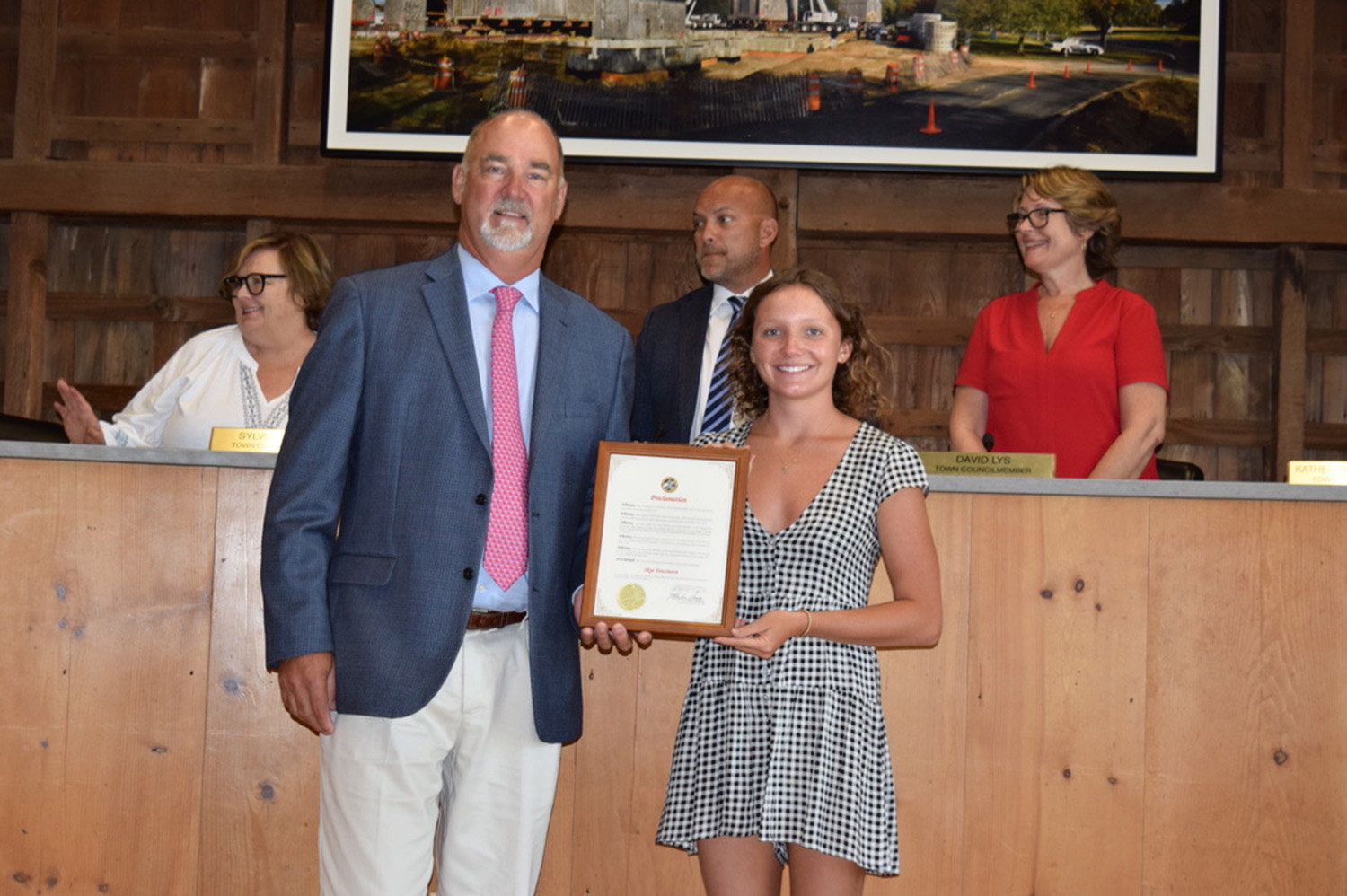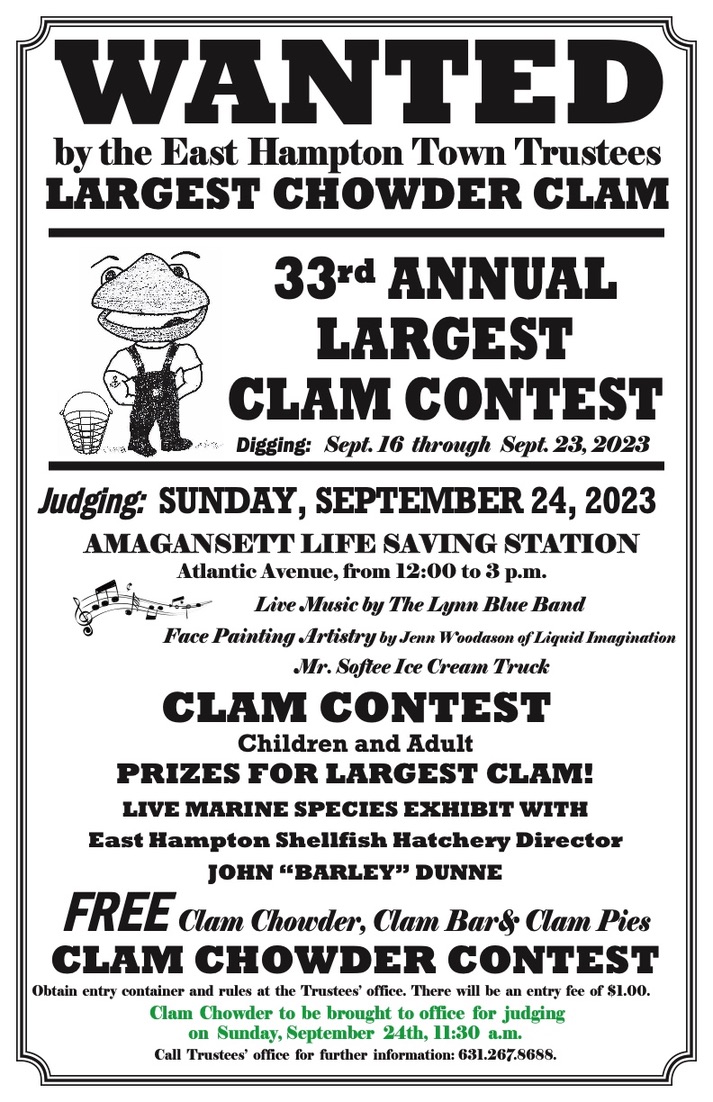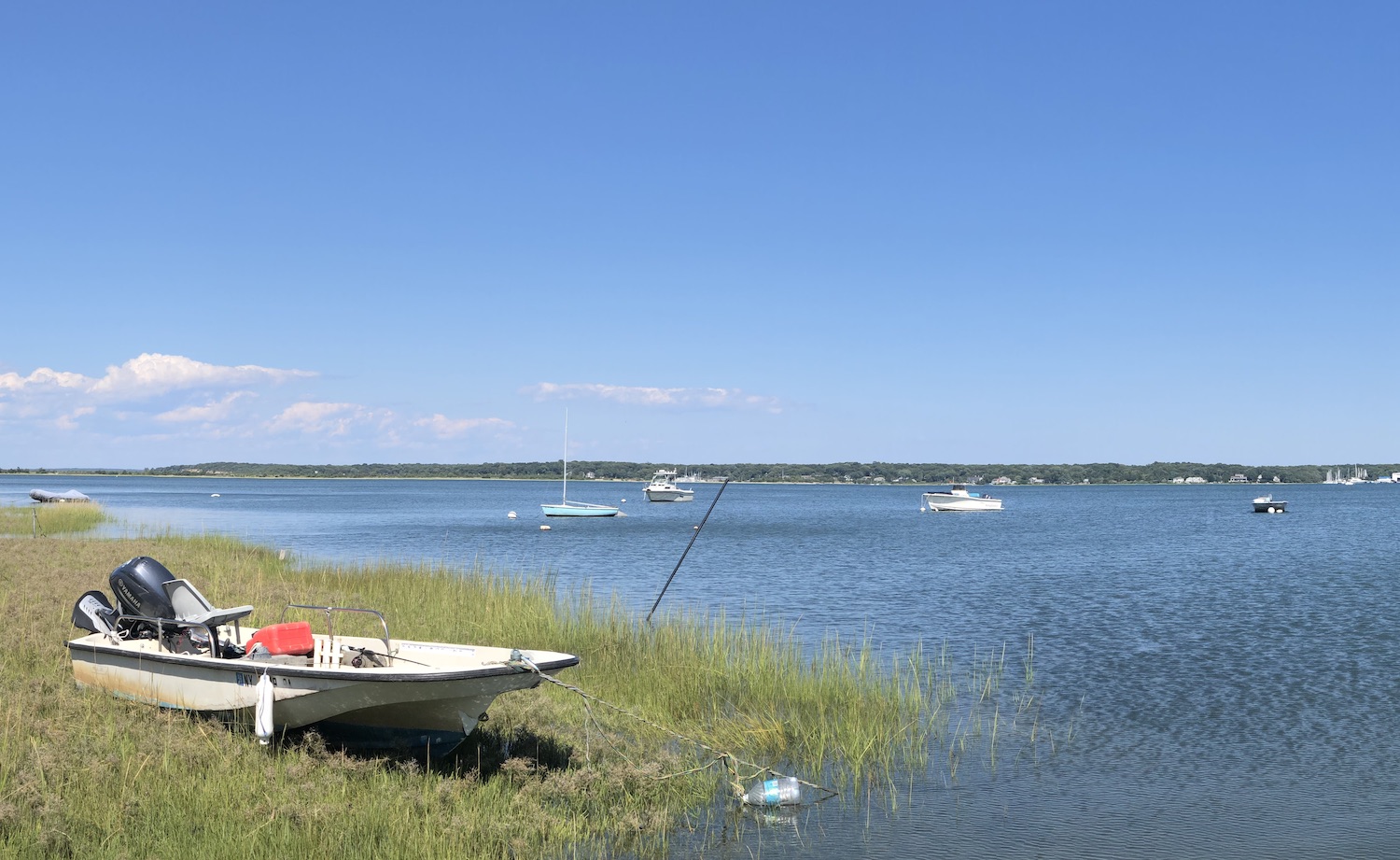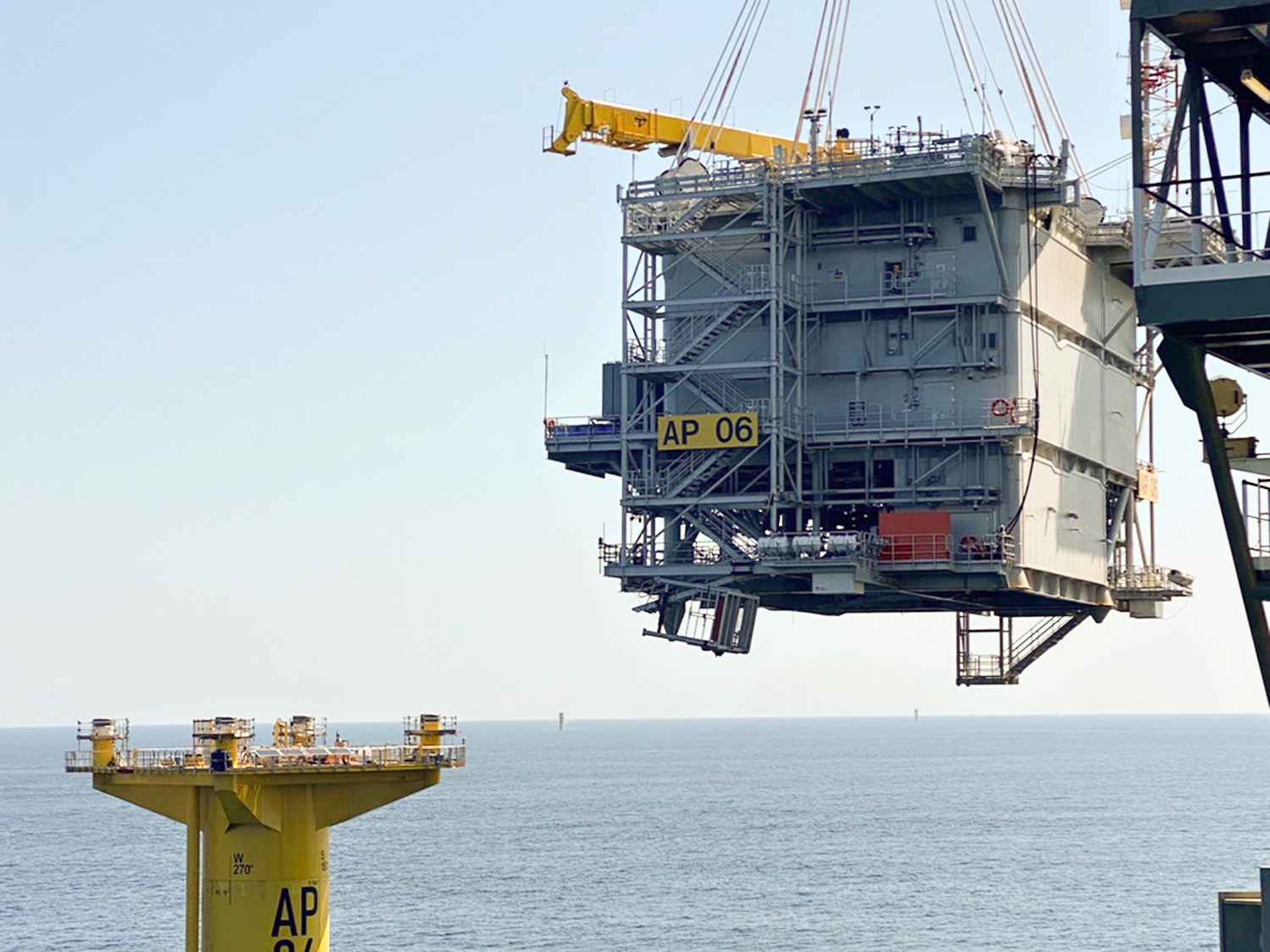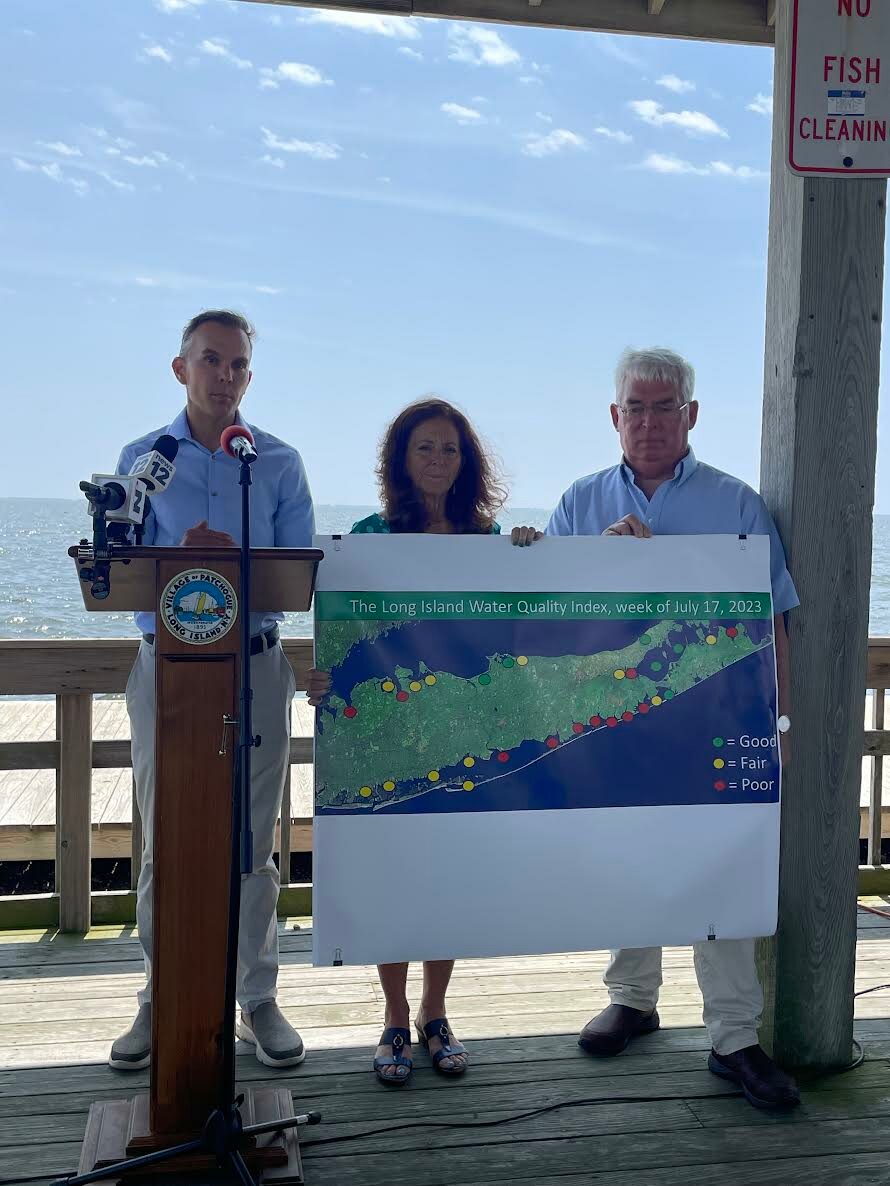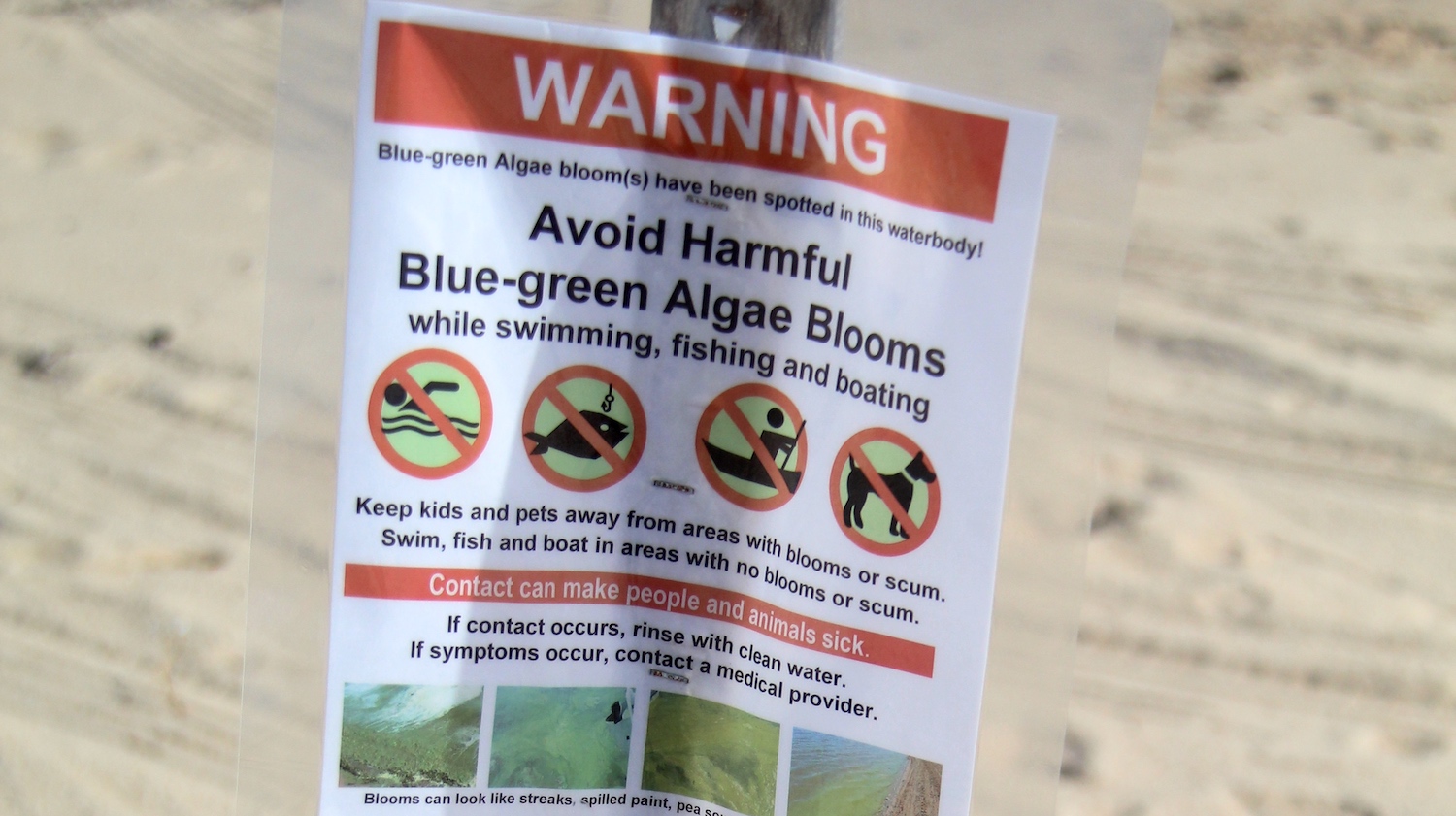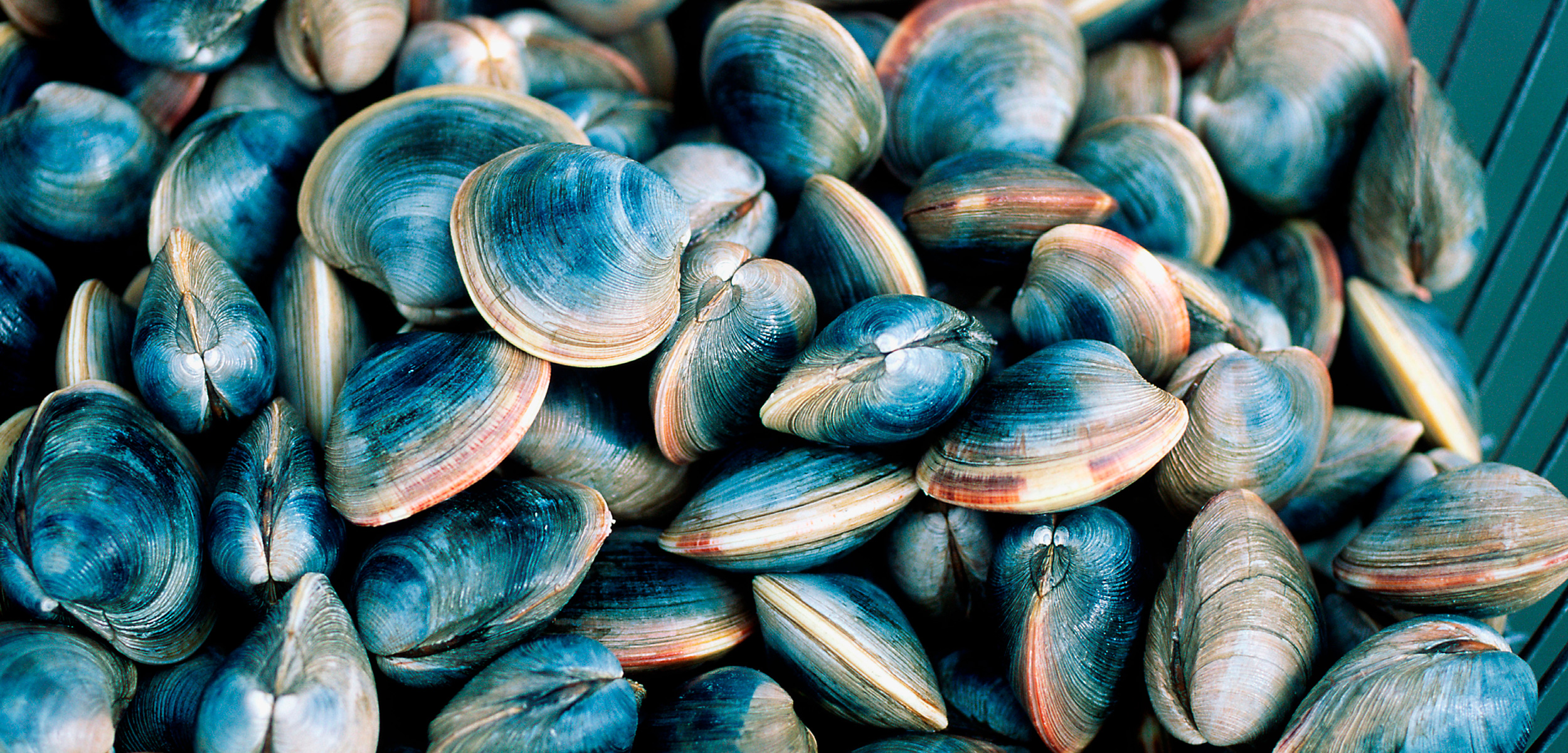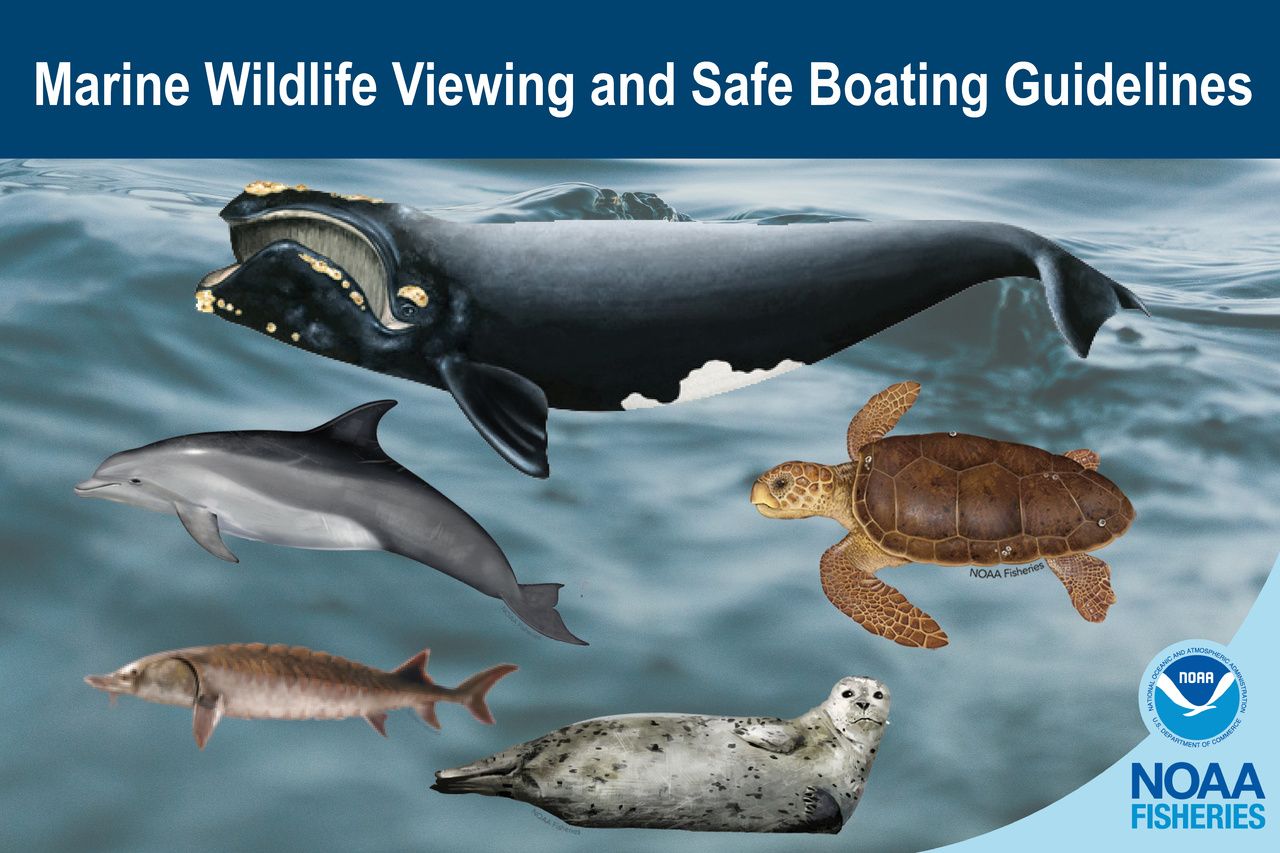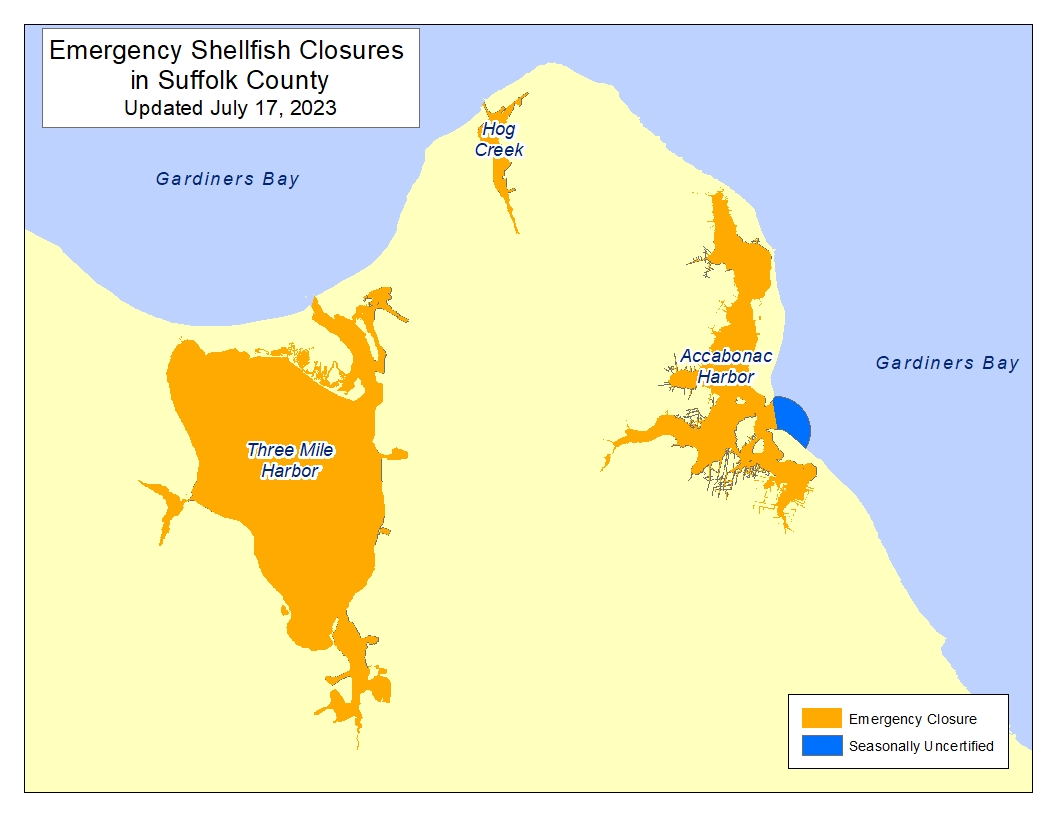Please be ADVISED: The Montauk Self-Serve Pump Out station will be CLOSED on SEPT. 5, 2023 for the installation of the new, upgraded holding tank system. The installation may take two to three days. The station will NOT be operational during this period. Please plan accordingly. Have your vessel holding tank emptied prior to this date as there will be NO place to offload your effluent and Lake Montauk is a NOT DISCHARGE ZONE.
The 33rd Annual The East Hampton Town Trustees: 2022-2023 “Largest Clam Contest” will soon be here! September 24th/Sunday/ 12 Noon- 3Pm at the Amagansett Life-Saving & Coast Guard Station Museum located at 160 Atlantic Avenue, Amagansett, NY 11930 This year, when you purchase our NEW mug with the Trustee emblem, you’ll also get a mug full of delicious homemade “Bonac” clam chowder! All proceeds go to The East Hampton Town Trustees Scholarship Fund to help a graduating student of our EHHS with their college or higher learning tuition! A great community event- FREE! We look forward to seeing you there!
Skye Tanzmann and Nick Cooper of East Hampton High School, were recognized for their efforts to build an oyster reef in Accabonac Harbor waters. Ms. Tanzmann is also the recipient of this year’s annual scholarship from the East Hampton Town Trustees Scholarship Fund. This past Spring, Tanzmann and Cooper interned with the not-for-profit South Fork Sea Farmers. The Trustees were provided with an in-depth plan for the oyster reef project by Ms. Tanzmann earlier in the year, encouraged by the student’s thorough research and procurement of necessary state permits. We wish Ms. Tanzmann and Mr. Cooper the best and great
BY THE EAST HAMPTON TOWN TRUSTEES LARGEST CHOWDER CLAM! Amagansett Life-Saving Station / Atlantic Avenue / Amagansett Date: Sunday, September 24th, 2023 Time: 12 Noon – 3PM East Hampton Town Trustees 33rd Annual Largest Clam Chowder Contest 2023
Cornell Cooperative Extension of Suffolk County will conduct the Summer trawl survey this week, beginning August 2nd and ending August 8th. Cornell Cooperative Extension- Marine Program will be conducting a bottom trawl survey throughout NY state waters from Smith Point Inlet to Montauk Point on approximately August 2-8, 2023 (See chart below). The East Hampton Town Trustees commissioned the study of fish migration near the proposed landing site of the South Fork Wind Farm Export Cable. The Cornell bottom trawl survey will be conducted to provide a consistent sampling of finfish and invertebrates in the affected area and an associated
The Long Island Marine Monitoring Network, which during the summer reports on surface water quality from more than 30 locations spanning Montauk to the Queens border, gave a poor rating to 12 sites, including Three Mile Harbor. Carissa Katz According to a report issued last week by Dr. Christopher Gobler of Stony Brook University and the School of Marine and Atmospheric Sciences, the coastal zones on Long Island, East Hampton included, do not meet the New York State and federal guidelines for water quality. In fact, the report indicates our waterways are at an all time “low” that violate the
Construction of the South Fork Wind farm continued this week with the installation of its offshore substation. Photo: South Fork Wind / Orsted This is the first American-made offshore wind substation constructed by more than 350 workers across three states, according to a spokeswoman for the developers, Orsted and Eversource Energy. The developers of the South Fork Wind farm are at present installing the 12-turbine, 132-megawatt wind farm’s offshore substation at the site, around 35 miles off Montauk Point. The 1,500-ton, 60-foot-tall substation is a topside structure that will sit on a monopile foundation within the wind farm, collecting the
Chris Gobler of Stony Brook University joins with Adrienne Esposito, Citizens Campaign for the Environment, and Kevin McDonald of The Nature Conservancy for a report on water quality. Credit: The Suffolk County News Dr. Chris Gobler, of Stony Brook University’s Gobler Laboratory, met with Citizens Campaign for the Environment and the Nature Conservancy earlier today at Mascot Dock in Patchogue Village to debrief the current Long Island water quality. According to Gobler, this summer has recorded some of the worst fish kills, harmful algal blooms, and water quality impairments. He attributes the decline due to nitrogen pollution from dated sewers
The Suffolk County Legislature’s vote came in the wake of a report that water quality in Long Island’s coastal zones has hit an all-time low, “with water bodies awash in fish kills, dead zones, toxic algal blooms, and fecal bacteria,” according to an advisory issued last Thursday by Christopher Gobler of Stony Brook University’s School of Marine and Atmospheric Sciences. Photo: Durell Godfrey Read the article by Christopher Walsh: EH Star article
Please be advised: Accabonac Harbor REMAINS CLOSED to shellfishing. Effective immediately the New York State Department of Environmental Conservation has lifted closures in certain areas that were temporarily closed due to the extreme rainfall event of July 16, 2023. The following areas have been reopened to the taking of shellfish: All normally certified areas of Sag Harbor and its tributaries, Northwest Harbor and Montauk Harbor (Lake Montauk). Recission of Temporary Closures
Marine Wildlife Viewing & Safe Boating Guidelines NOAA New England and the Mid-Atlantic coastlines offer the potential for exhilarating marine wildlife viewing experiences. Whether on the beach or on the water, if you see protected animals like whales, dolphins, seals, sea turtles, or Atlantic sturgeon, follow the tips below to keep the animals and your passengers safe. NOAA FISHERIES
As of sunrise Friday July 21, all certified open areas of Three Mile Harbor and Hog Creek have been re-opened to Shellfishing. All other areas in the Town of East Hampton listed below are still closed until further notice. Effective immediately, the following areas are still closed to the harvest of shellfish: Town of East Hampton: All Town underwater lands in the creeks, coves, and harbors within the Town of East Hampton, including all that area of Sag Harbor and its tributaries, Northwest Harbor lying south and east of a line extending northeasterly from the westernmost point of land at
“As part of the fish monitoring study outlined in the SFW Fisheries Study Work Plan, the Stony Brook University team is conducting a regular visit to the sensor array off Wainscott today to collect data from sensors, replace batteries, and deploy new retrievable moorings alongside the previous moorings. As the Stony Brook team is deploying new moorings alongside the existing moorings there’s no change to the mariners briefing, our standard method for updating mariners on the presence of equipment in navigational waters. Members of the fisheries outreach team, in collaboration with the research team, have worked with the fishing community to select an alternative mooring, one that is smaller, lightweight and retrievable, and is more compatible with commercial fishing in response to the feedback we’ve received from the community on original deployment of cement moorings.”
